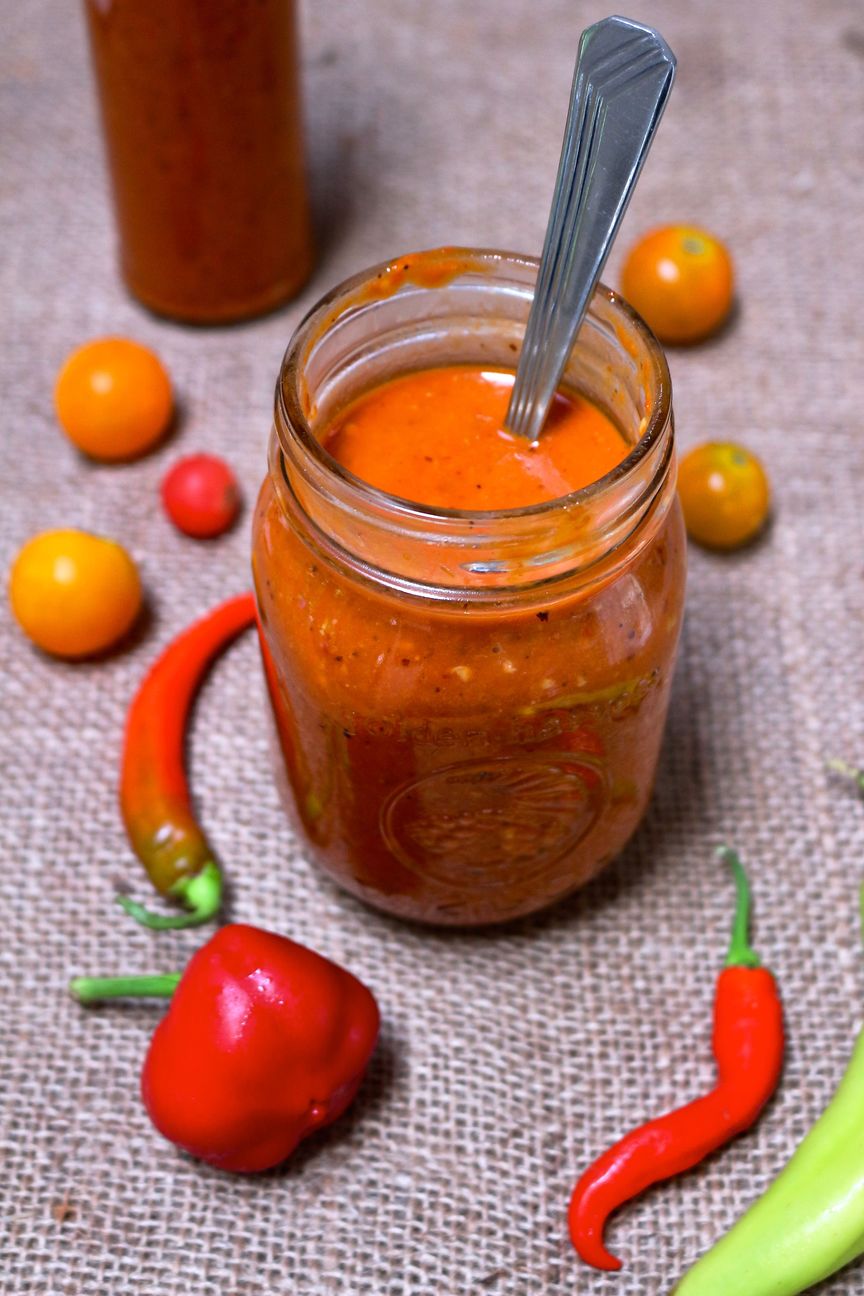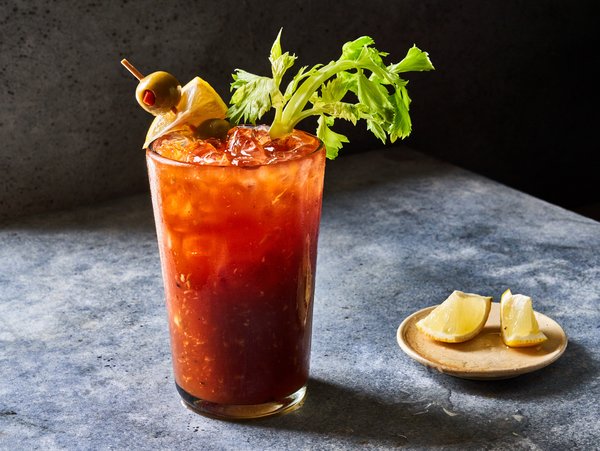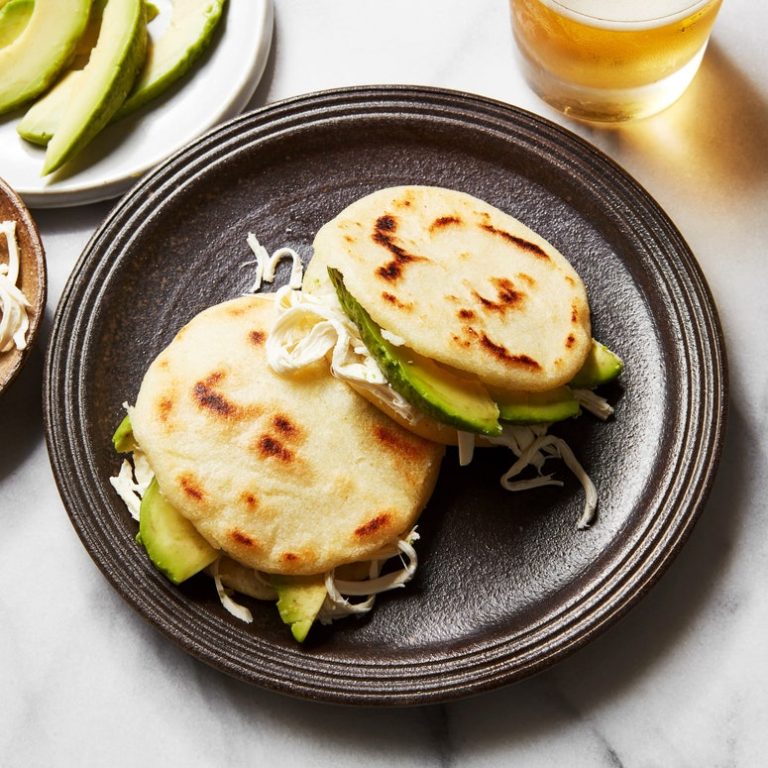Homemade Hot Sauce: Recipes, Tips, and Benefits
Creating hot sauce at home offers cost savings and customization options. Store-bought hot sauces can be expensive, especially specialty brands. By making your own, you control the ingredients and quantities, leading to potential savings. For example, you can buy bulk peppers and vinegars at a lower cost than individual bottles.
Customization is a significant advantage. You can adjust the heat level by choosing different types of peppers, such as jalapeños or habaneros. Additionally, you can modify the flavor profile by adding ingredients like garlic, cilantro, or fruits. This flexibility ensures a unique taste that matches your preferences.
Health Benefits of Homemade Ingredients
Using homemade ingredients promotes better health. Store-bought sauces often contain preservatives, artificial colors, and excess sodium. Making hot sauce at home lets you avoid these additives by using fresh, natural ingredients.
Homemade hot sauces can also be rich in vitamins and minerals. For instance, fresh peppers provide vitamins A, C, and E. Garlic and onions, often used in hot sauces, have anti-inflammatory and antioxidant properties. By choosing organic ingredients, you can further enhance the nutritional quality of your sauce.
Choosing the Right Ingredients
Peppers: The Heart of Hot Sauce
Peppers form the base of any hot sauce. Select from various types based on your desired heat level. Habanero and ghost peppers provide extreme heat. Jalapeño and serrano offer moderate spiciness. Bell peppers can be included for a milder flavor. Combining different peppers can create a balanced, complex profile.
Vinegar and Other Essential Liquids
Vinegar serves as both a preservative and a flavor enhancer. White vinegar offers a clean, sharp taste. Apple cider vinegar adds a fruity, tangy note. To introduce unique flavors, experiment with balsamic vinegar or rice vinegar. If preferred, water, citrus juice, or vegetable broth can be used to adjust consistency and add complementary flavors.
Spice and Seasoning Selections
Spices and seasonings elevate the hot sauce’s flavor. Incorporate garlic and onion for depth. Add salt to enhance other ingredients. Sugar or honey can balance acidity. Using spices like cumin, oregano, or coriander adds complexity. Fresh herbs like cilantro or parsley can also provide a lively freshness.
Equipment Needs for Hot Sauce Making
Necessary Kitchen Tools
Prepare homemade hot sauce efficiently by using the right tools.
- Blender or Food Processor: A high-performance blender or food processor ensures a smooth consistency, crucial for evenly distributing heat and flavor.
- Cutting Board and Knife: Use a cutting board and a sharp knife for chopping peppers and other ingredients cleanly.
- Gloves: Wear gloves when handling hot peppers to prevent skin burns and irritation.
- Saucepan: A non-reactive saucepan, such as stainless steel, allows you to cook ingredients without altering their flavors.
- Strainer or Sieve: Strain the sauce to remove seeds and pulp if you prefer a smoother texture.
Bottling and Storage Solutions
Proper storage preserves the quality and safety of your homemade hot sauce.
- Bottles and Jars: Use glass bottles or jars with airtight lids to store the sauce, preventing air exposure and contamination.
- Funnel: A funnel eases the transfer of sauce into bottles or jars, reducing spills and waste.
- Labeling: Label each container with the creation date and heat level for easy identification and tracking.
- Refrigeration: Store bottles in the refrigerator for extended shelf life, especially if your sauce lacks high vinegar content or other preservatives.
Step-by-Step Guide to Making Homemade Hot Sauce
Preparing Ingredients
Select fresh peppers for the best flavor. Remove stems and seeds to control heat levels. Wash and dry them thoroughly. Choose other ingredients like garlic, onions, and spices based on your desired flavor profile. Measure and prepare quantities precisely to maintain consistency.
Cooking and Blending Techniques
Cook the peppers, garlic, and onions in a non-reactive saucepan with a bit of oil until soft, which usually takes around 10 minutes. Add vinegar and simmer for another 20 minutes to reduce the mixture. Transfer the cooked mixture to a blender or food processor and blend until smooth. If the sauce is too thick, add water or extra vinegar to achieve the desired consistency.
Bottling and Preservation
Pour the blended hot sauce into sterilized glass bottles using a funnel. Label the bottles with the date and type of sauce. Store in the refrigerator for optimal freshness. Sauces with higher vinegar content can last up to 6 months, while those with less vinegar should be consumed within a few weeks.
Popular Homemade Hot Sauce Variations
Classic Cayenne Pepper Sauce
Classic Cayenne Pepper Sauce incorporates tangy and spicy flavors. Use fresh cayenne peppers, white vinegar, and salt. Combine 20 fresh peppers, 1 cup of white vinegar, and 1 tablespoon of salt. Blend until smooth, then simmer for 15 minutes. Strain the mixture to remove seeds and skin, ensuring a smooth texture. Store in sterilized bottles for long-lasting use.
Sweet and Spicy Mango Habanero
Sweet and Spicy Mango Habanero adds a tropical twist. Peel and dice 2 ripe mangoes, then deseed and chop 4 habanero peppers. Mix the mangoes, habaneros, 1/2 cup of white vinegar, and 1/4 cup of water in a blender. Add 2 tablespoons of honey for sweetness and 1 teaspoon of salt for balance. Blend until smooth, then simmer the mixture for 10 minutes. Bottle and refrigerate to maintain freshness.
Smoky Chipotle Hot Sauce
Smoky Chipotle Hot Sauce delivers a rich, smoky flavor. Use 10 dried chipotle peppers, 1 cup of apple cider vinegar, and 1 teaspoon of smoked paprika. Rehydrate the chipotle peppers in hot water for 15 minutes. Combine the peppers, vinegar, paprika, and 1 teaspoon of garlic powder in a blender. Blend until smooth, then simmer for 20 minutes to enhance the flavor. Strain if desired for a smoother consistency. Store in an airtight container and refrigerate.
Conclusion
Creating your own hot sauce at home opens up a world of flavors and possibilities. Whether you prefer a tangy cayenne kick or a sweet and spicy mango twist, there’s a recipe out there for you. The process is straightforward and allows for endless customization, ensuring you get the perfect blend every time. Plus, the satisfaction of crafting something uniquely yours is unmatched. So grab your ingredients and equipment, and start experimenting with your favorite flavors today. Your taste buds will thank you!






